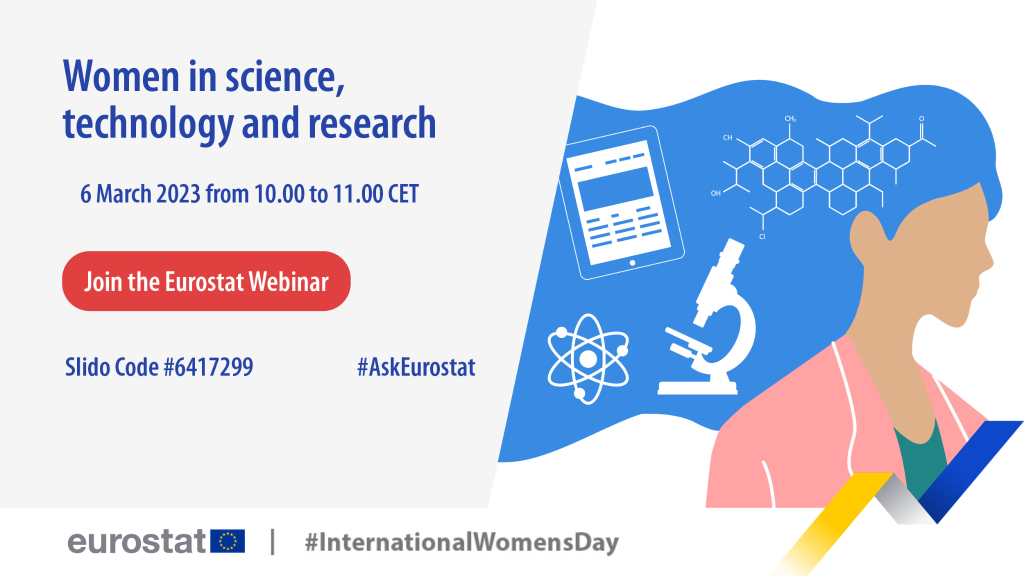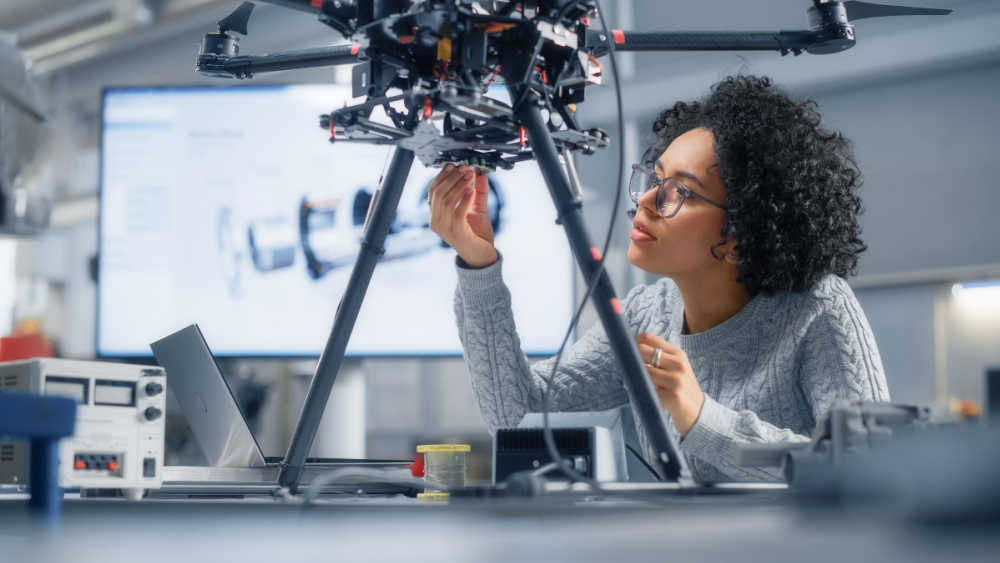EUROPE/ Next Monday, 6 March 2023; Eurostat will hold a webinar on women in science, technology, and research. The live stream starts from 10.00 to 11.00 CET. Everyone is welcome to join.
This event will cover the participation of women in science, technology; and research and go deeper in terms of gender balance in this area; at the EU level and across various economic sectors.
How do women fare compared to men in terms of educational background? What is their share in employment in science and technology? What more female scientists and engineers do we have in the EU compared to men? These are some of the questions that our experts will answer.
Event Agenda
Sophie Limpach, director of Eurostat’s business and trade statistics, will open the event; followed by Alvaro Diez Soto; head of the unit of innovation and digitalization; moreover, Sorina Vaju, team leader for science, technology; and innovation, who will present Eurostat data on this issue.
The webinar will be streamed on the Eurostat website and Eurostat Facebook account. It is open to anyone interested; and there is no need to register. There will be an opportunity to ask questions via Slido.

Eurostat will also publish several articles on gender leading up to International Women’s Day. Topics:
- Gender employment gap among parents, Q3 2022
- Gender employment gap in part-time employment, Q3 2022
- Income gender gap by degree of urbanization, 2021
- Gender gap in self-employment, Q3 2022
- Jobs with the highest shares of women, Q3 2022
Sources
If you are looking for statistics on women; and men that will help anyone better understand gender equality; we prepared a list of resources available on our website; adding to that; you have direct access without having to spend any extra time searching for them.
First, you can start by visiting the Eurostat thematic section on equality ; and from there jump directly to the equality database, which has a section on gender equality and includes education, labour market, earnings and social inclusion, childcare, health and digital economy and society.
The same happens with the EU statistics on income and living conditions survey (EU-SILC) which covers poverty, social exclusion, housing, labour, education, and health. More information can be found in their respective dedicated sections on the labour market and income and living conditions.
Source: Eurostat News


